It’s the middle of the summer holidays and Dundee’s visitor attractions are filling up.
A favourite for many children – and adults – is Dundee Science Centre, the Greenmarket site housing different experiments, games and hours of learning.
As the centre hosts curious kids on day trips and STEM clubs, I went along to find out what it’s like to work at the visitor attraction.
Before I meet Abbie who I’m spending the day with, I get a Dundee Science Centre T-shirt and coat to blend in with everyone else. Ignoring the notebook sticking out of my pocket of course.
‘My favourite place’
18-year-old Abbie Fordyce is a science communicator and spends most of her time among the visitors, showing them the centre’s features, answering their questions and doing experiments.
She started out as a visitor experience assistant working at the reception, café and other parts of the centre before taking on her current role.
“I used to come here all the time as a kid,” she tells me.
“I would try to drag my family along every weekend because this was my favourite place.”
Unlike me, Abbie did science for her Highers, so I’m hoping I can get by on being good at the communicator part of the job title.
But what I lack in science education I hope to make up for in enthusiasm and love for hands-on science museums and centres.
Friendly, approachable and confident
We start in the We Are Inventing zone of the centre where I can see a child playing with a large fan trying to get a paper star to fly. I can’t help myself and start colouring in a butterfly so I can have a go too.
At this moment, rather than working with Abbie, I think she’s working her magic on me as I’m trying my first activity of the day.
We continue to the Brilliant Brains section where we meet two parents and a child on a day out.
Abbie turns on her science communicator charm, asks them how they’re doing and if they’d like to try out a game.
The girl is not convinced because she’d rather go play with the centre’s big building blocks, so Abbie leaves them with a smile.
I realise that being friendly is maybe the most important quality of a science communicator.
“You have to be good with people and approachable. Being confident is a good bonus,” she says.
“Confidence is important, but I’ve grown more confident and out-going since I started the job because I’ve learnt from my colleagues and from being in the centre.”
Giving back to local children
Through the science centre’s different zones visitors can learn about medical marvels, volcanoes and how our brain works.
And even though many exhibitions stay the same, Abbie assures me there’s no monotony in her job.
“Every day is different because we have new people visiting every day and each experience is different.
“You have to be adaptable to engage and interact with the visitors.
“Since I came to the science centre as a child, it’s also important to me that I deliver the same great experience to them as I had.”
As it gets a bit later in the day, the centre starts filling up more. It also helps visitor numbers that it’s cloudy outside I’m told, but it’s even better if it’s raining.
Good buzz with STEM club
The children on this week’s STEM club are also about, looking at the Medical Marvels exhibition. The club is a five-day programme where 20 kids learn about a new STEM topic each day.
It is one of the solutions Dundee Science Centre came up with over lockdown to keep engaging with the city’s children.
“Summer is the most fun time because there’s a good buzz in the centre,” Abbie says.
“If I have a bad morning the STEM club always puts me in a good mood.
“And I never have a bad day at work because all the kids make me smile.”
After looking at human bones (not real ones, the kids checked), how ultrasound works and how Covid damages our lungs, we sit down to learn about mysterious microbes.
Science communicator James is holding the session for the five to 11-year-olds, but I am just as gripped as they are. And I’m amazed at their knowledge of everything from salmonella to the plague.
One of them also asks about the five second rule and if bacteria actually wait to jump on your food, and while James says it unfortunately doesn’t work like that I chose not to listen.
After a short presentation, where bacteria are compared to the look of Wotsits, ruining food even further for me, the kids get to make their own microbes from pipe cleaners and modelling clay.
Pancake ready for lift-off
To make Abbie’s and my shift end with a bang, she tells all the visitors to head outside and get ready for a rocket launch.
She looks like the pied piper leading all the kids and their parents out of the centre and out to the front.
“Good afternoon everyone,” she beams to the crowd. After a few attempts they match her volume.
“Today, I am mission control and you are all astronauts.”
She hands out small plastic tubes and cleaning tablets, but today they are rockets and rocket fuel. We crush the tablet and put it into the tube.
Two by two, the kids come up to the front and hand their rockets to Abbie and me. We ask if the rocket has a name, and I get the privilege of launching Pancake.
I pour a bit of water into Pancake to activate the fuel, stick a cap on, give it a wee shake and we are ready for countdown.
New generation of scientists
When Abbie and I reach zero, none of the rockets actually lift off. The kids giggle as we make rocket noises to see if that helps them.
It does! Suddenly the cap pops off and all the gases built up inside the rocket sends it soaring towards the sky.
There’s a group of excited young scientists now tripping to get their rocket launched next.
So Abbie and I fill them up and launch them one by one until all the rockets have had their moment in the spotlight.
Unfortunately, as the row of rockets ends, so does my time as a science communicator.
Even though I’m not the centre’s target audience I have learnt so much from the exhibitions and from Abbie.
I can see how she never has a bad day at work, because there is always something to do and someone to both teach and learn from in the centre.
While I was never great at science in school, this is exactly the kind of environment that could make me interested in STEM subjects.
I won’t be surprised if in a few years it turns out Abbie has fostered a whole new generation of Dundee scientists.
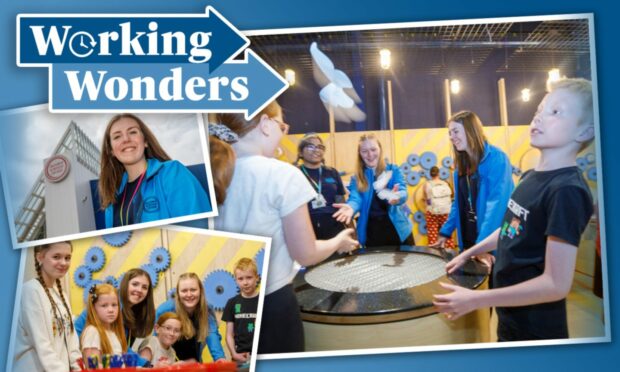
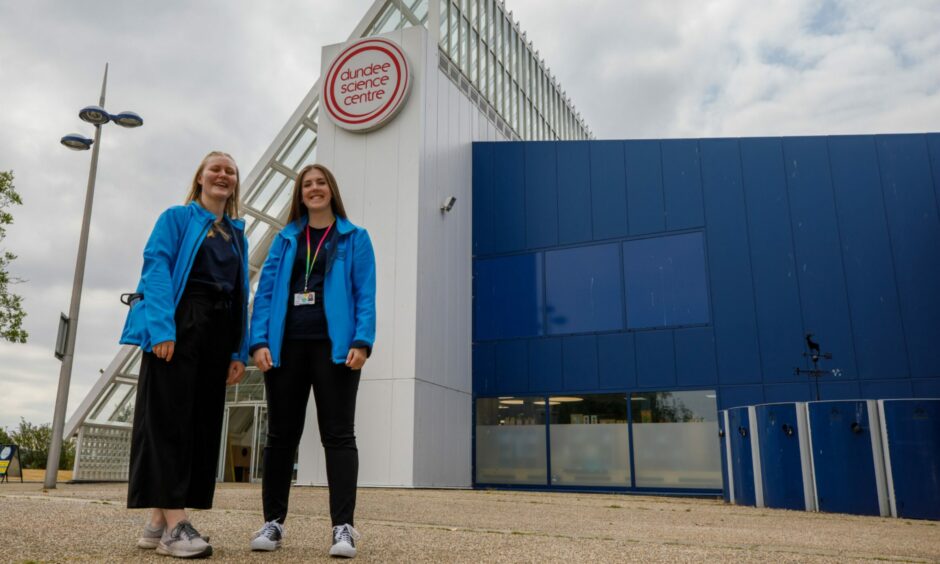
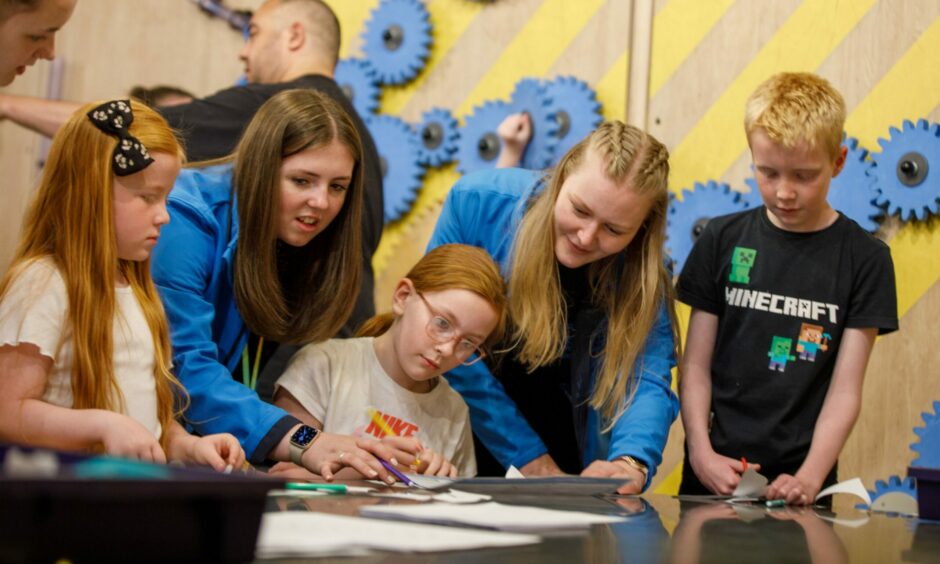
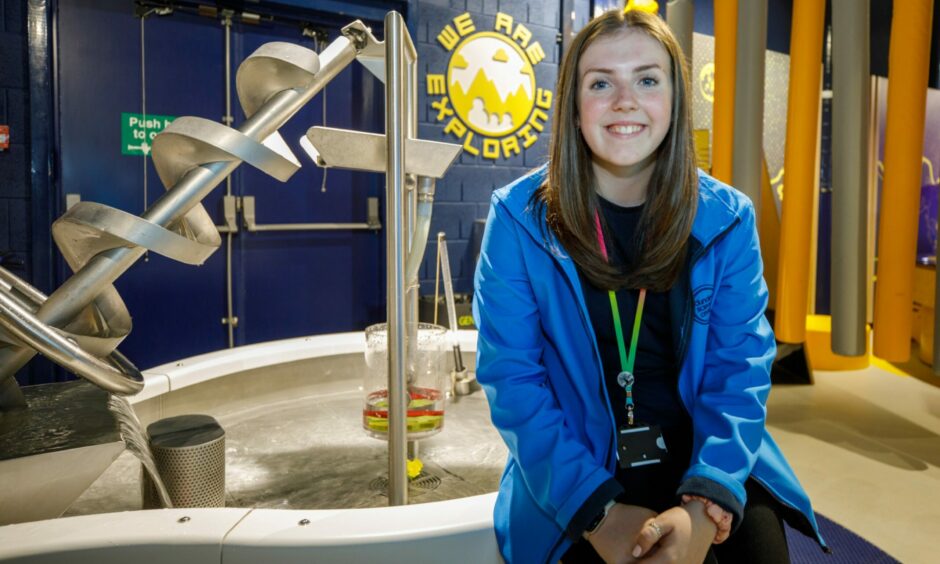
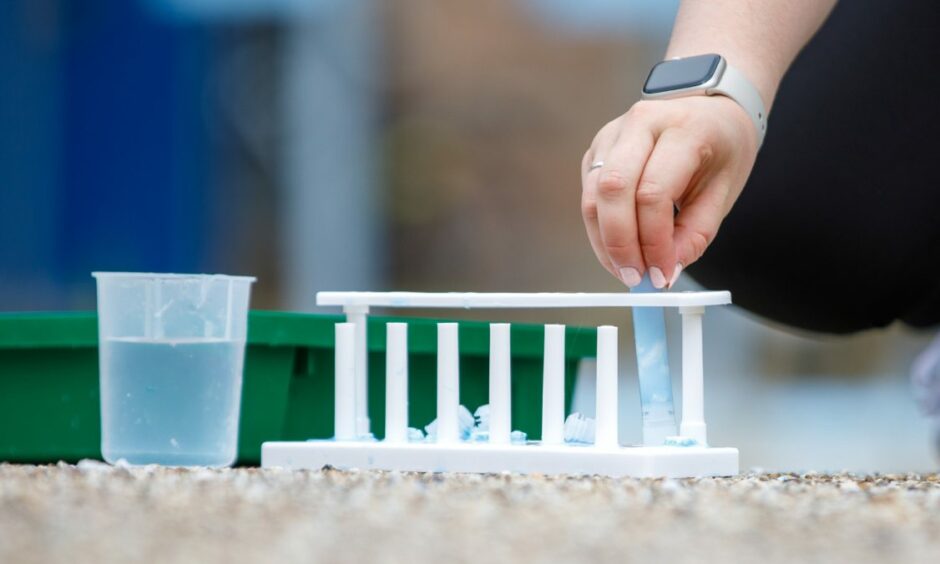
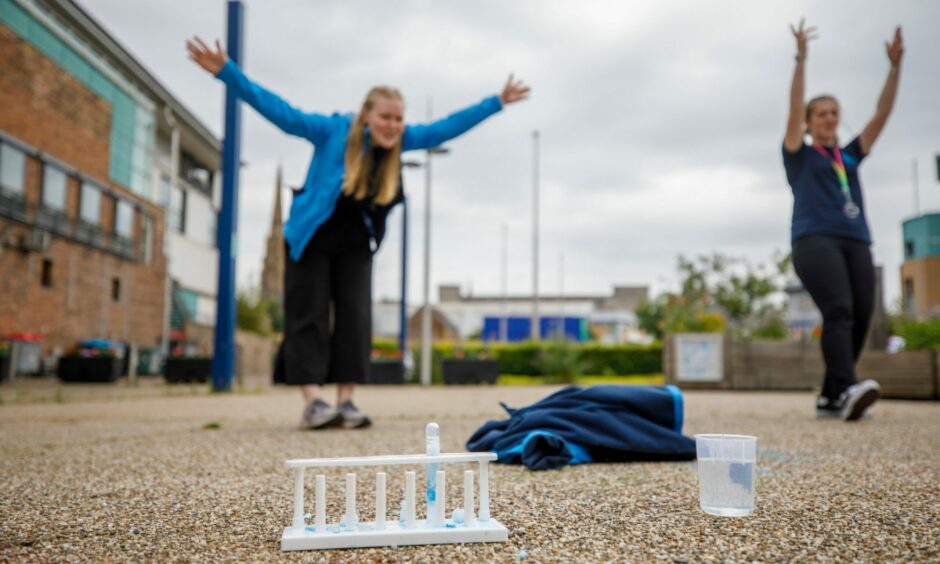
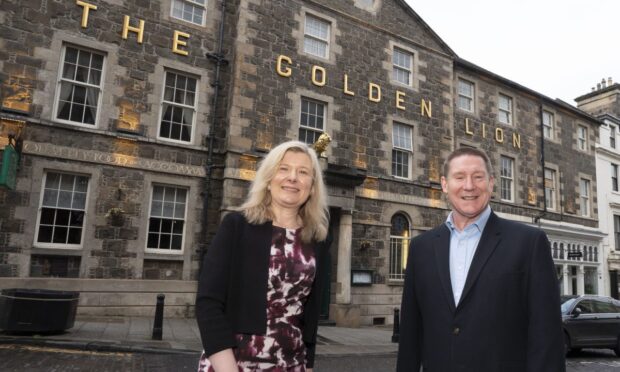
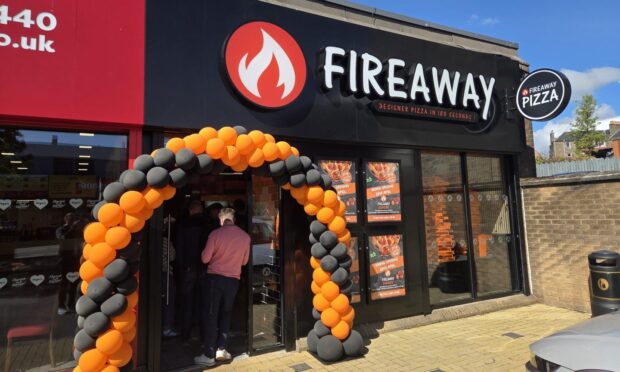
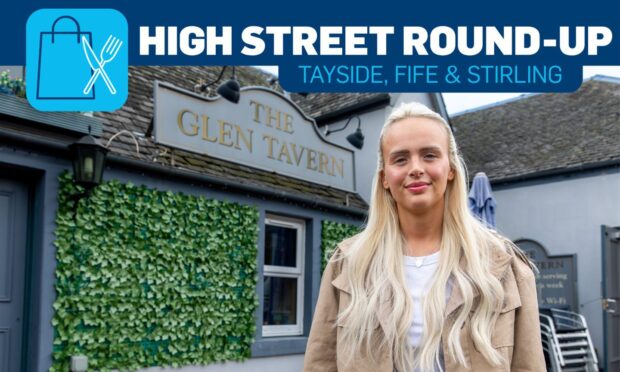
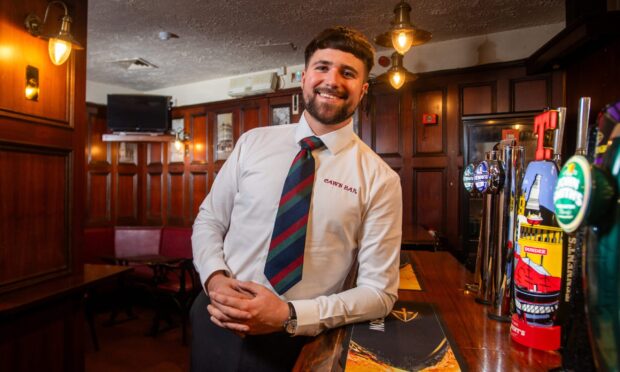

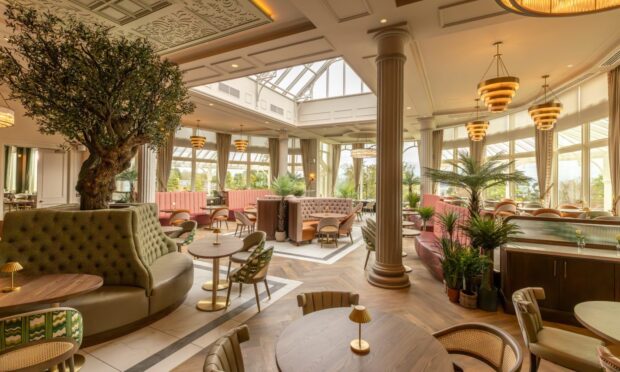
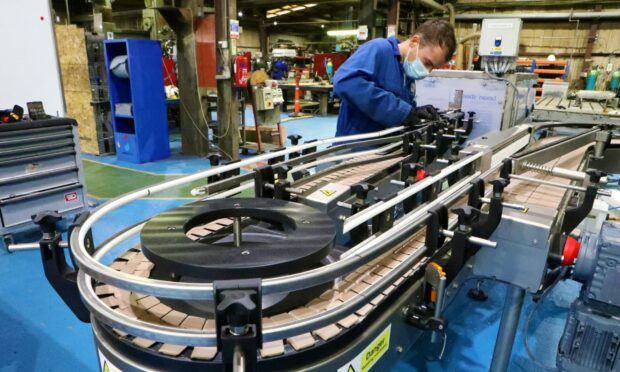
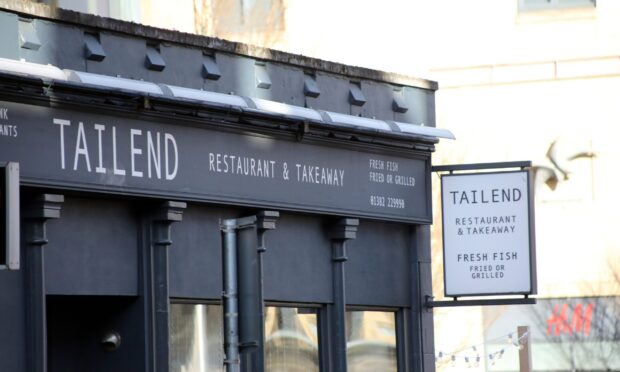
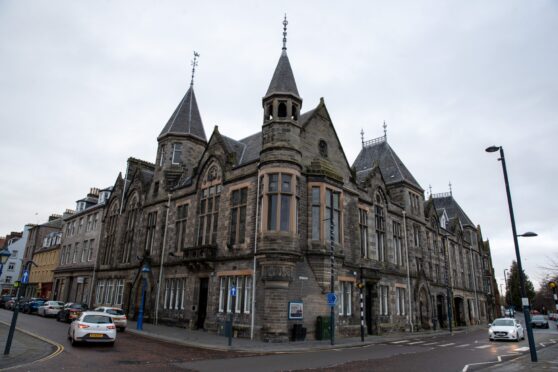

Conversation